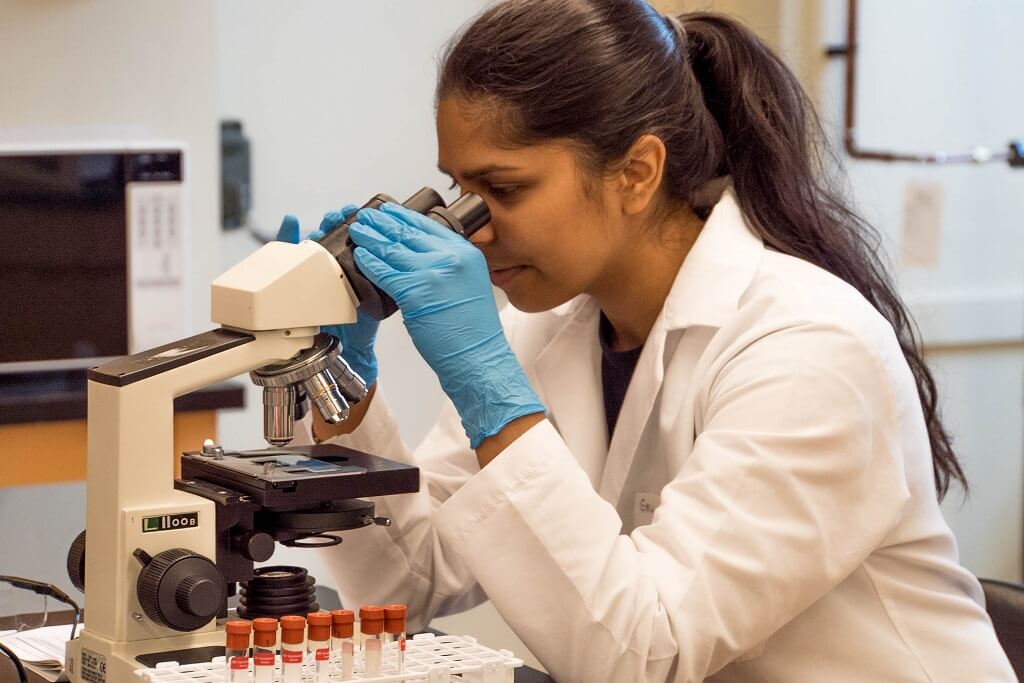The global coronavirus pandemic has brought viral infections to the forefront of public awareness. Many of us have wondered, "How can I defend myself against something I can't see?" One way to safeguard yourself is to purify your drinking water.
Every year, nearly a million people die as a result of consuming contaminated water, according to the World Health Organization (WHO). Viruses spread by water are responsible for a number of these deaths. While COVID-19 is not thought to be transmitted through water, many other dangerous viruses are.
What Causes Viruses to Enter Water?
Viruses enter water when it is contaminated by the urine or feces of an infected person or animal. A faulty sewage system, polluted storm water runoff, and flooding all increase the risk. Well water, as well as water from unsterilized sources like lakes and rivers, is particularly prone to contamination. Indeed, all untreated water sources are vulnerable to viral contamination, and many developing countries are plagued by viral outbreaks as a result of a lack of safe drinking water.
Even municipal water sources, however, are not risk-free. Municipal disinfection processes could fail in the event of a flood or natural disaster, leaving your water supply vulnerable to viruses and other dangerous pathogens. Because your water company cannot guarantee the safety of your water supply if the disinfection process fails, your water company will issue a boil water advisory.
How to Remove Viruses from Drinking Water
Keeping the water supply safe from contamination by surface water, such as by using a sanitary well cap or sealing a spring box, can often solve problems with contaminated well water. The proper maintenance of a septic system, as well as the limitation of animal waste sources near a spring or well, may also contribute to the solution.
Boiling
Boiling water for one minute at a rolling boil can be a safe way to remove viruses and other toxins. However, because of the labor and energy requirements of this method, as well as the production of less water as a result, this solution may not be sustainable.
If the cause of the water supply infection is uncontrollable, the toxins and viruses contaminating the drinking water can be removed using chlorination, UV light, or ozonation.
Ultraviolet (UV) light
By exposing toxins and viruses to ultraviolet (UV) light, ultraviolet disinfection is able to kill them. UV light irradiates the water as it passes over a glass sleeve containing the light source, killing viruses and other organisms. This disinfection method uses a small amount of electricity, but it's significant. The water must be crystal clear in order for the UV light to reach the viruses. As a result, before the water enters the light chamber, it must be filtered to remove all organic matter and sediment. This is done to clear the water of any impurities that make it less than crystal clear. Similarly, the glass sleeve enclosing the light source must be kept free of deposits as well as scale that can block the light.
Chlorination
As compared to UV, a chlorination system chemically destroys various microorganisms and viruses. In this type of system, chlorine is continuously added to water via a feed system (either in solid or liquid form). Because of the possibility of disinfection obstruction caused by sediments in the water, an early installation of a filter before the chlorine injector is required. The consumption of chlorine occurs because it is an antiviral and also kills other organisms in the water. Chlorine also reacts with other contaminants such as organic matter or iron. Enough chlorine must be added to ensure adequate disinfection, with some remaining as a residual after consumption. However, since the remaining chlorine can alter the water’s taste, it's possible that it should be removed before consumption.
Chlorine must also come into contact with microorganisms for a certain amount of time (usually half an hour) in order to kill them. The reason being, after the water is chlorinated, it is to be kept in a large tank or passed through a series of coiled pipes. As a result, regular maintenance of the chlorine systems is required. Also, the chlorine supply must be replenished on a regular basis to ensure that they function properly.
Ozonation
Ozonation, like chlorination, is a process in which water is injected with ozone to kill various organisms and viruses. A high oxidizing gas, ozone, is generated electrically and then injected into water. Although the ozonation systems are costly as compared to chlorination or UV systems, they are capable of treating water for a variety of contaminants, including viruses, bacteria, iron, and manganese.



